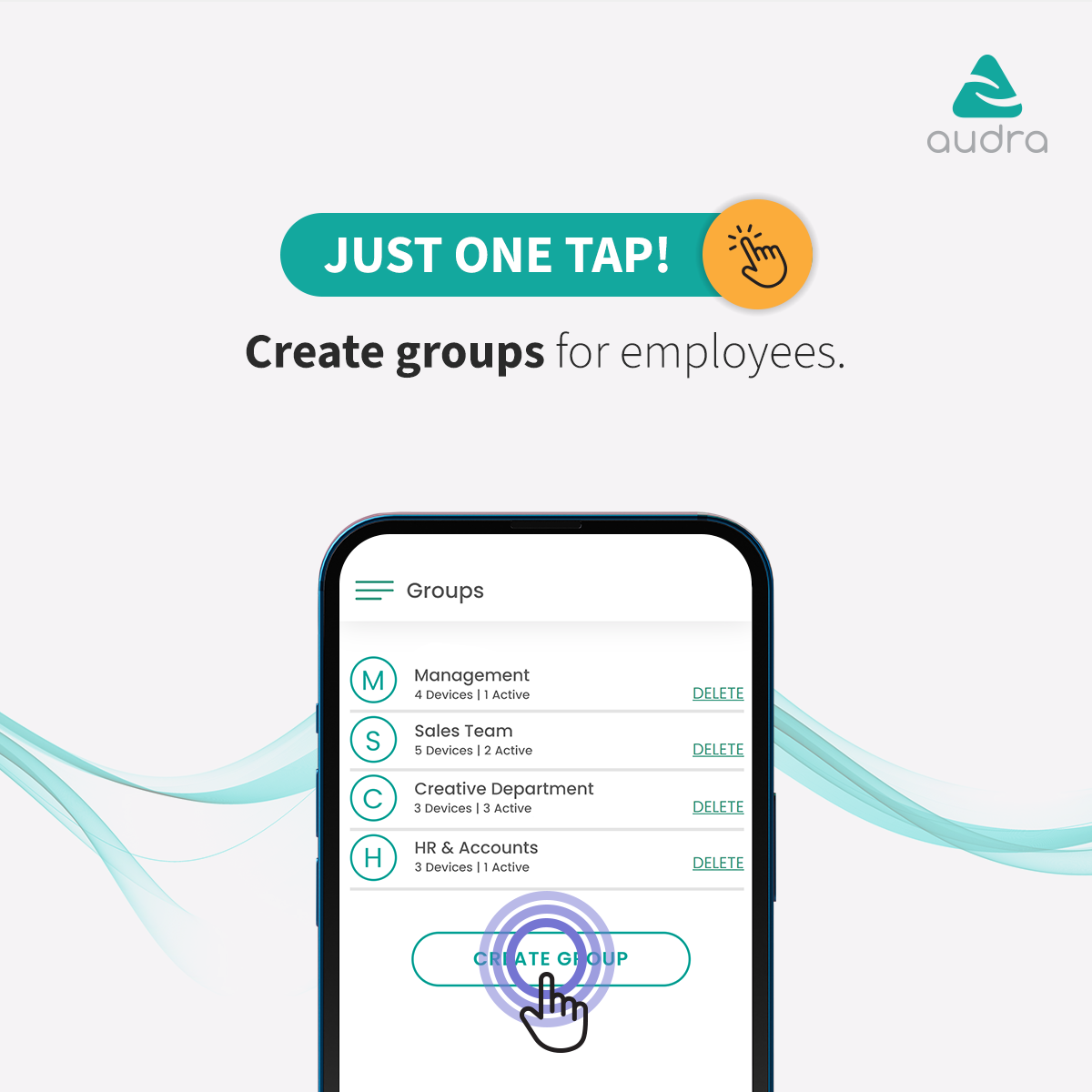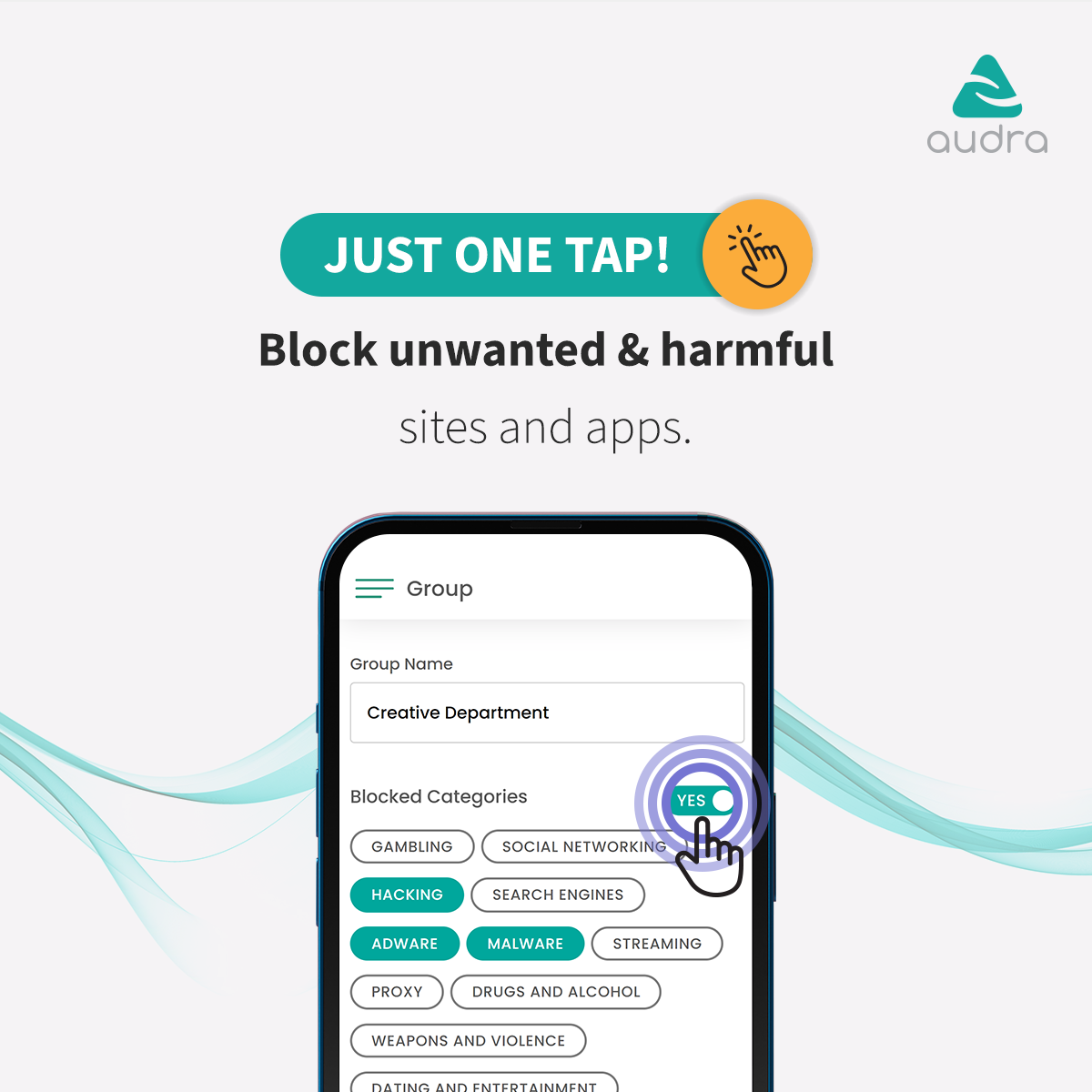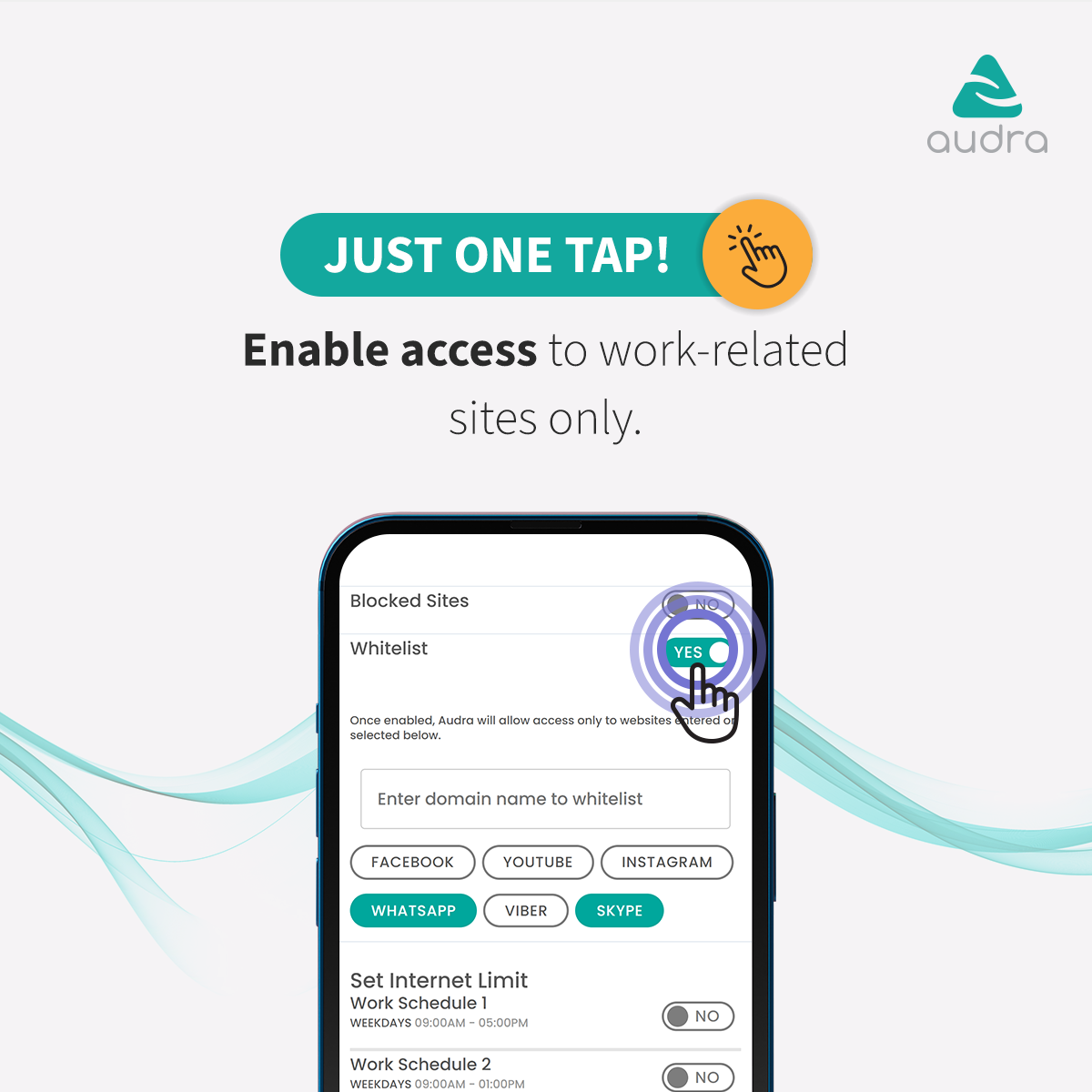75% of employees are distracted by social media during work hours. Here's how you can change that and increase employee productivity

By Chan Wern Shen
4 Minutes Read
-
Create and enforce better internet usage policies
-
Employees believe it is the employer’s job to implement better rules and regulations
- One-tap solutions can help SMEs manage employee productivity easily
As the old adage goes, time is money, so there's little wonder why employee productivity during working hours is often used as a key measure when determining performance.
In a recent study conducted by Screen Education, it was found that up to 35% of respondents admitted to spending “too much time” on non-work distractions. Although the true number is probably higher, the fact that over a third of your workforce is ready to admit that they’re being distracted is definitely something to pay attention to.

Unsurprisingly, however, the biggest culprit was the use of social media in the office at 74.4%. With today’s social apps being consciously crafted in ways that suck in your attention for hours, there’s little wonder how this statistic emerged.
Doom scrolling is a real problem, and when that happens in the workplace, it doesn’t just distract your employees from the “present”. The phenomenon has real lasting effects that range from physical fatigue to the triggering mental health disorders such as anxiety and depression - neither of which are desirable traits to say the least.
Beyond the allure of likes and dance videos, other distractions seemed a little less alarming - 6% blamed it on shopping, 4% confessed to watching non-work related videos, and 3% were busy reading the news.
But why are any of these stats important at all? Surely your employees deserve a mental break every now and then, right?
Internet addiction affecting employee productivity
Mental health is no laughing matter, and at Audra, we’re serious advocates for it. However, digital distractions aren’t just your problem as an employer anymore.
In fact, the same study goes on to report that up to 87% of the respondents were aware that these digital distractions were responsible for hurting not just their own, but the company at large’s overall productivity too.
After all, there’s nothing more infuriating than waiting on a teammate to reply to an urgent request, only to find them too busy to reply because they’re shopping for a new pair of shoes at their desk.
But don’t take our word for it. 31% of respondents claimed that open conflict erupted at their workplaces as a direct result of the lost productivity to the digital abyss.
Still not sure why it’s your problem? Then maybe these stats will help you understand it a little better:
- 62% of employees believed that it was the employer’s responsibility to address these digital distractions at work
- 65% of employees advocated for the restriction of their fellow employees digital freedoms in the workplace
- Only 39.5% said that their employer had any policies in place to restrict the amount of non-work digital usage during work hours
- Of that number, only 33.1% felt their employers adequately enforced the said policies
But isn’t this form of control unethical?
Well, you’ll be surprised to find out that up to 65.3% of surveyed employees expressed their willingness to use a solution that would effectively restrict their access to non-work digital content while they’re at work.
Is this a cry for help, or is this just the reality of how deep a grip the digital abyss has on today’s employees? You decide.
Implementing the right check and balances in the workplace
Experts advise that positive changes in the overall company culture can be an effective way to get your team back in the game and suggest various quality of life tweaks at the workplace to kick this off.
Decluttering the workspace tends to be a frequent recommendation, citing that a messy desk often results in a messy mind, but in today’s day and age we’re more than aware that creatively inclined individuals tend to thrive in messier surroundings.
Employees are also urged to take short breaks throughout the day to rejuvenate their concentration, but more often than not, it's these very breaks that lead employees into the digital abyss.
So where does that leave us? Do we leave our employees to self govern, pull them out of the abyss whenever we notice them dropping in and silently hope that they don’t regress?
Absolutely not. As an employer, you owe it to your team to give them the right working environment that’s guided with fair and balanced IT usage policies and with Audra that’s all possible with just one tap.
1. Create groups
Different teams have different digital requirements, and by grouping your employees in the right teams, you can easily allow necessary access to apps and websites or block potential digital abysses in just one tap.
2. Block categories
With Audra’s category blocking feature, you can easily select common categories of digital distractions like shopping or sports sites to block in the office. Simply tap on the category name, and let our AI do the rest.
3. Whitelisting sites
Blocking entire categories of sites could affect some specific work functions, and the whitelisting feature lets you quickly allow access to specific required websites. Do this company wide or by access group - you decide.
4. Work schedules
Ensure work-life balance by setting fixed working schedules for operational roles. Decide when your team should be working, and when they should be away from their machines through automatically enforceable working schedules.
To learn more about how Audra can help your business, click here and get in touch with our product team.






